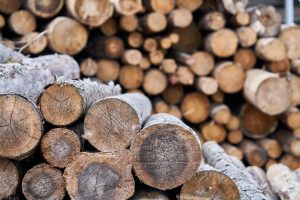In the United Kingdom, wood plays a significant role in producing energy, protecting the environment, creating stationery, building structures, and more.
However, the escalation in wood prices has reached crisis levels. This begs the question, why is wood so expensive in the UK?
Timber prices have risen as a result of a nationwide scarcity, high importation, increased transportation costs, and more.
Those factors in turn raise the cost of the product. Between January 2014 and midyear of 2017, UK timber costs climbed by approximately 5%.
Timber prices have soared by more than 20 percent since then, which is an incredibly short amount of time for such a massive increase.
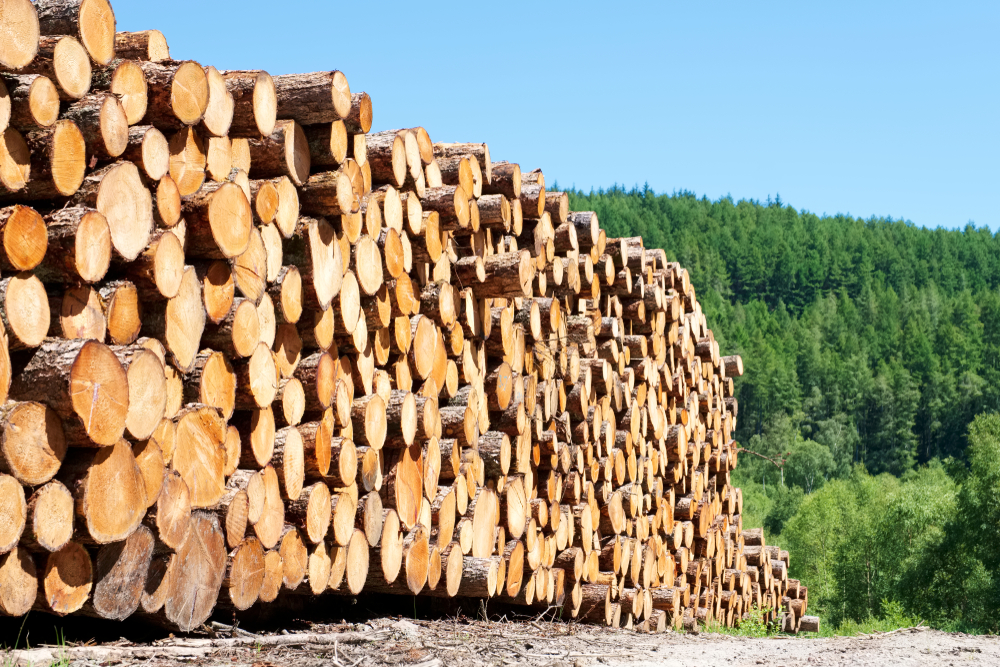
The government recently signed an agreement with financial entities to help fund sustainable forestry projects so the UK can produce more of the wood it uses.
Also, record timber arrived at the nation’s ports in 2021, which could lead to temporary ease in wood shortages and high prices.
Table of Contents
What is the cost of wood in the UK?
Following the guidelines set forth by the UK Statistics Authority, Forest Research published its most recent National Statistics on Timber Price Indices on November 18, 2021.
- In monetary terms, the going rate for coniferous standing sales in the year to September 2021 was £40.12 per cubic meter over bark standing, a jump from £26.78 during the year to September 2020
- On a nominal basis, the six-month period from March 2021 through September 2021 witnessed an average softwood sawlog selling price of £79.39 per cubic meter over bark, up from £67.70 and £49.76, respectively, in the six months from September 2020 to March 2021
- Sales of small Roundwood for overbank in the six months to September 2021 averaged £37.92 per cubic meter in nominal terms, up from £34.95 in the six months to March 2021, but down from £38.10 in the same period last year
What portion of its timber does the United Kingdom import?
In 2021, the UK saw a record amount of wood importation, with two million cubic meters more than the preceding year.
That’s an 8% rise in imported wood.
Although the UK produces almost half of the timber it consumes, the country imports a significant amount from other European countries, including Latvia.
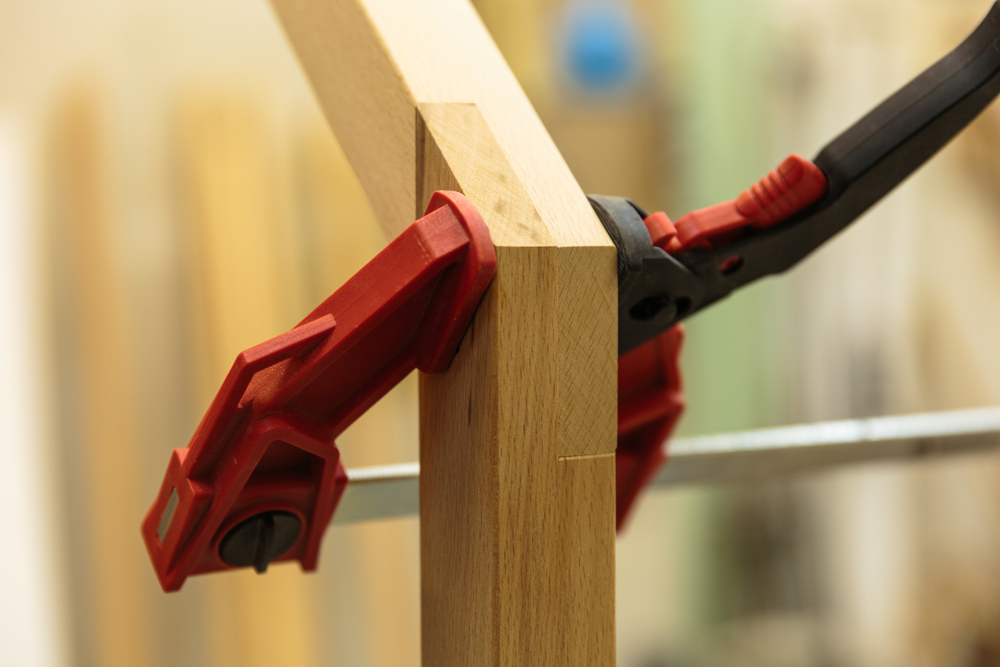
There has been a solid demand for timber products, with a rebounding private home market and a strong RM&I industry keeping a supply on allocation, according to the Timber Trade Federation (TTF).
The cost of wood, as well as structural softwood specifically, increased rapidly in 2021. In May, June, and July, the median price of sawn as well as planed softwood jumped by 55%, 66%, and 88% during the respective months in 2020.
Are transportation costs helping to drive up wood costs in the UK?
This winter’s extreme weather made it difficult to transport huge amounts of lumber. Imports and domestic delivery are both being affected by rising transportation costs.
Because of its size and weight, this is particularly harming the transportation of timber.
Importing lumber has become increasingly expensive, and the sterling’s value has decreased, making the UK a less appealing market for exporters.
Costs are passed on to the customer in the form of a higher price.
Are the European and Asian emerging markets affecting the UK’s wood prices?
More than ever before, wood is being put to good use. In the housing industry, for example, it has grown increasingly popular since it helps developers to build new dwellings more quickly and at lower costs.
Emerging Asian and European markets, both of which are paying much more for wood, have made this situation much worse.
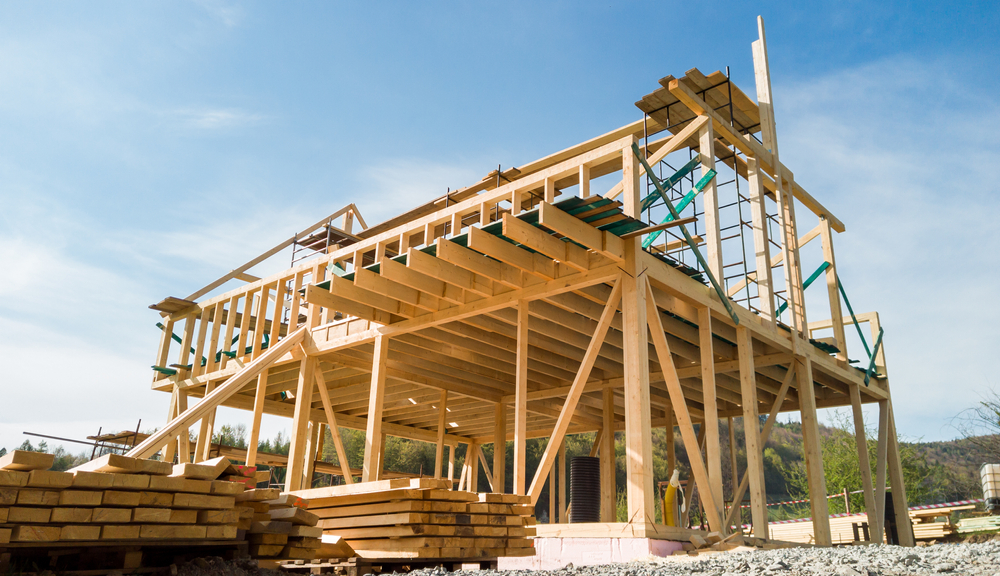
Exporting lumber to Asia’s rising markets and Europe’s recovering markets, for example, pays better for exporters than exporting to the UK.
Other imports from Europe are substantially more expensive than existing imports from Latvia.
Is the increase in UK biomass power stations affecting wood prices?
To generate power and heat, these stations use enormous amounts of timber. Because wood is a common biomass energy source, enormous volumes of wood, among other waste matter, must be burned to provide the required amount of electricity.
As a result, the United Kingdom is forced to import more, which causes a shortage and, eventually, higher prices.
More than 80 percent of forest fires result in permanent deforestation, which means that the land may be used for other purposes, such as grazing or farming.
The remaining 20% of trees have been replanted and regenerated.
When trees are permanently removed from the landscape and replaced with other plant kinds with lower carbon content, the difference between the two is emitted into the atmosphere.
On the order of 7 to 10 percent of worldwide fossil-fuel carbon dioxide emissions, persistent deforestation releases carbon dioxide.
Are more trees being cut down in the UK than being planted?
Currently, in the United Kingdom, more trees are being removed than are being replaced. The UK is planting half as many trees as it did just 10 years ago and the amount of lumber available for sale is decreasing.
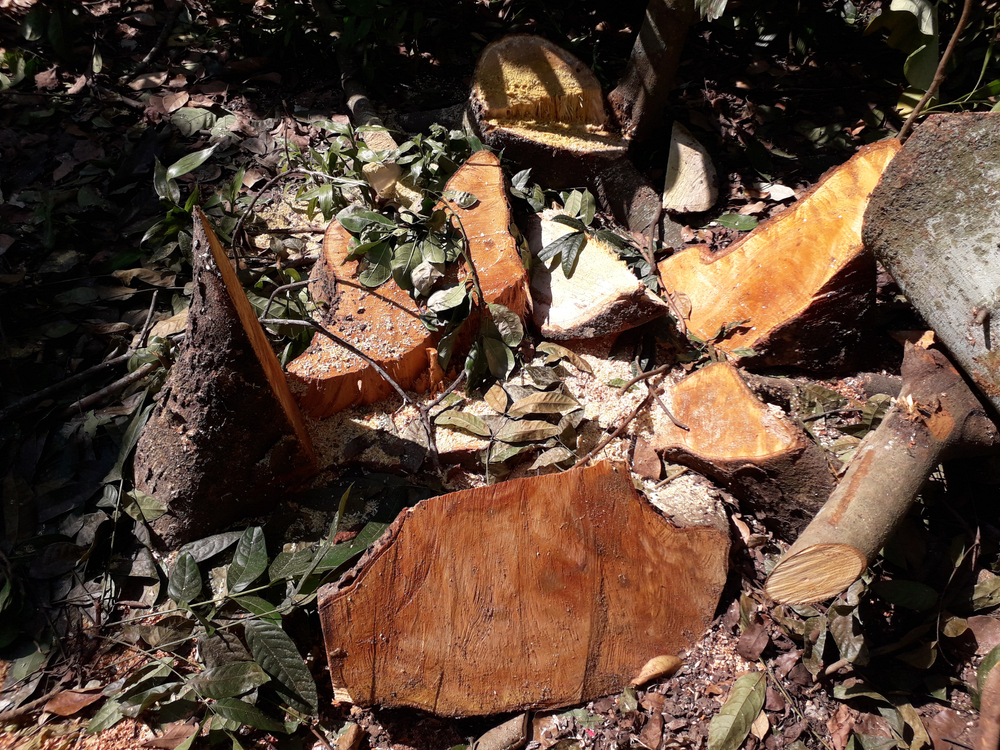
According to Austin Brady, conservation director of the Woodland Trust charity, “we are still only replanting 1,730 acres annually, almost undoubtedly less than we are chopping down.”
The government, as well as the Forestry Commission, set a goal of [replanting] 5,000 hectares every year but has fallen well short of that target.
It has been continually low since 2006, with only 2,400 hectares planted between 2014 and 2015, Brady emphasized.
As it stands, England has one of the most sparsely forested landscapes in Europe.
Does the UK government keep records of tree planting?
“We believe that we are losing trees at a quicker rate than we are planting them. Since the government somehow doesn’t keep track of every tree cut down, it’s hard to estimate,” said Brady.
“As a result, our natural and historic woodlands are disappearing at an alarming rate.” Brady stated, “We are storing up ecological difficulties at a period when we have been losing forests to tree pathogens.”
The UK forestry industry’s chief executive, Stuart Goodall, stated that planting in England has fallen to its lowest level in more than 40 years.
According to Goodall, “Forests are being lost to construction and infrastructure; we’re removing a lot but replanting very few, and it might be that Britain is essentially deforested.”
Will the UK miss its tree replanting target?
There has been a dramatic decrease in tree planting, and the government’s promise to plant 11 million trees in the UK will likely not be met, he said.

Between April 2015 and September 2016, just 1.35 million trees were planted in England. If current trends continue, the 11 million tree goal won’t be met until summer 2027, about eight years later than originally planned.
As far as policy goals go, the 11 million number isn’t even close. The number of trees planted by the government between 2010 and 2015 is merely a carryover.
According to Goodall, we should be planting far more than 11 million trees over the term of this parliament.
Only roughly 10 percent of England is covered by trees, a figure that falls considerably below both the UK average of 13 percent and the EU average of 38 percent.
What is the UK Government’s take on the tree planting issue?
Woodland cover has been at its highest level for more than 600 years, according to the UK government.
England’s forest cover is at its greatest level since the 1300s, and while planting frequency varies year over year, they are aiming to plant an additional 11 million trees during this Parliament,” a spokeswoman said, via the BBC.
The Woodland Trust, on the other hand, questioned the validity of the official data.
Approximately half of England’s old woodland has been lost since 1930, and several have been replaced with non-native plants in an attempt to monetize them, according to Brady.
Large-scale non-native farmlands on marginal land in the first three-quarters of the 20th century resulted in a large increase in woodland areas, while our ancient woods were being hacked away due to expansion and infrastructure.”
Are private companies taking over the UK’s forests?
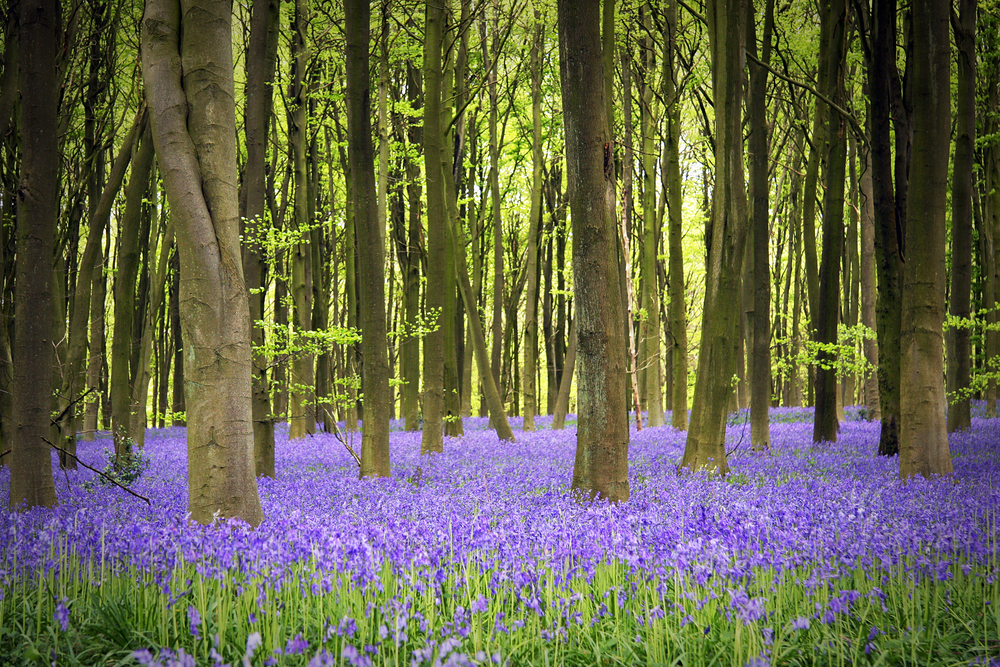
Private firms are acquiring more and more wood, and their owners are refusing to sell their timber to push up the price of timber.
Sustainable farming, as well as land utilization strategy, could create £4.5 trillion in new commercial opportunities by 2030, according to the UK government.
Upwards of 40 times as much money was spent on damaging land-use activities in the last ten years than on environmental protection, preservation, and sustainable farming.
What commitment has the UK government made to prevent deforestation?
Upwards of 30 financial companies representing above $8.7 trillion in worldwide asset management companies signed a pledge in November 2021 to handle the problem of deforestation.
Investing in agricultural commodities supply chains with high deforestation risk is being phased out in favor of more environmentally friendly methods of production.
To help release billions of dollars in private forests and nature funding and to provide new channels for ramping up natural capital investment, three major projects are also being undertaken to promote that growth.
Does the UK have enough wood from large imports in 2021?
“UK harbors as well as the UK timber supply chain are expected to have enough wood to meet construction demand after one year of historical production plus nine months of near-record structural softwood arrivals,” Nick Boulton, TTF’s executive director, said in a statement.
“In the next months, we anticipate seeing a higher degree of stability in the UK market for timber goods, which we considered as a major pressure juncture this year between buyers and sellers.”
Is the UK recovering from its wood shortage crisis?
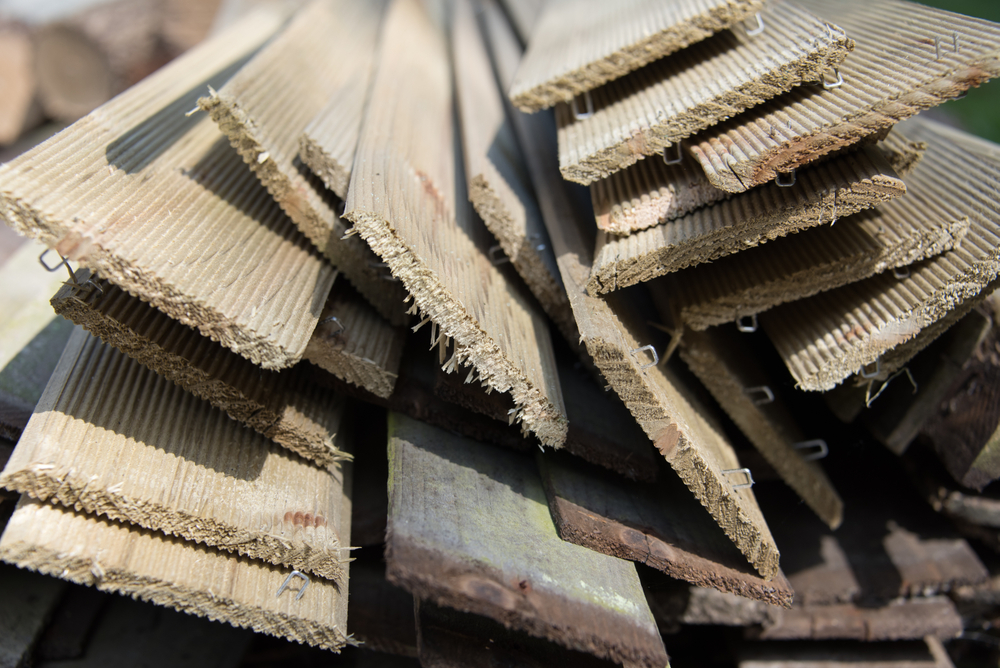
In the UK market, it will be difficult to revert to “normal” patterns due to the continuous lack of HGV drivers, fuel, and labor, which is likely to continue to disrupt the industry over the next few months.
Even though the UK now has enough wood to meet demand, it does no one any good if there are no avenues of hauling the products from the harbors to storage facilities or consumers.”
How widespread is the wood crisis in the UK?
As a result of the shortages, businesses across the UK are seeing a slowdown in growth, as can be seen in the latest numbers from the construction industry.
Despite these difficulties, experts are sure that the wood supply chain may steadily rise to meet the increasing market interest in green, low-carbon building supplies.


